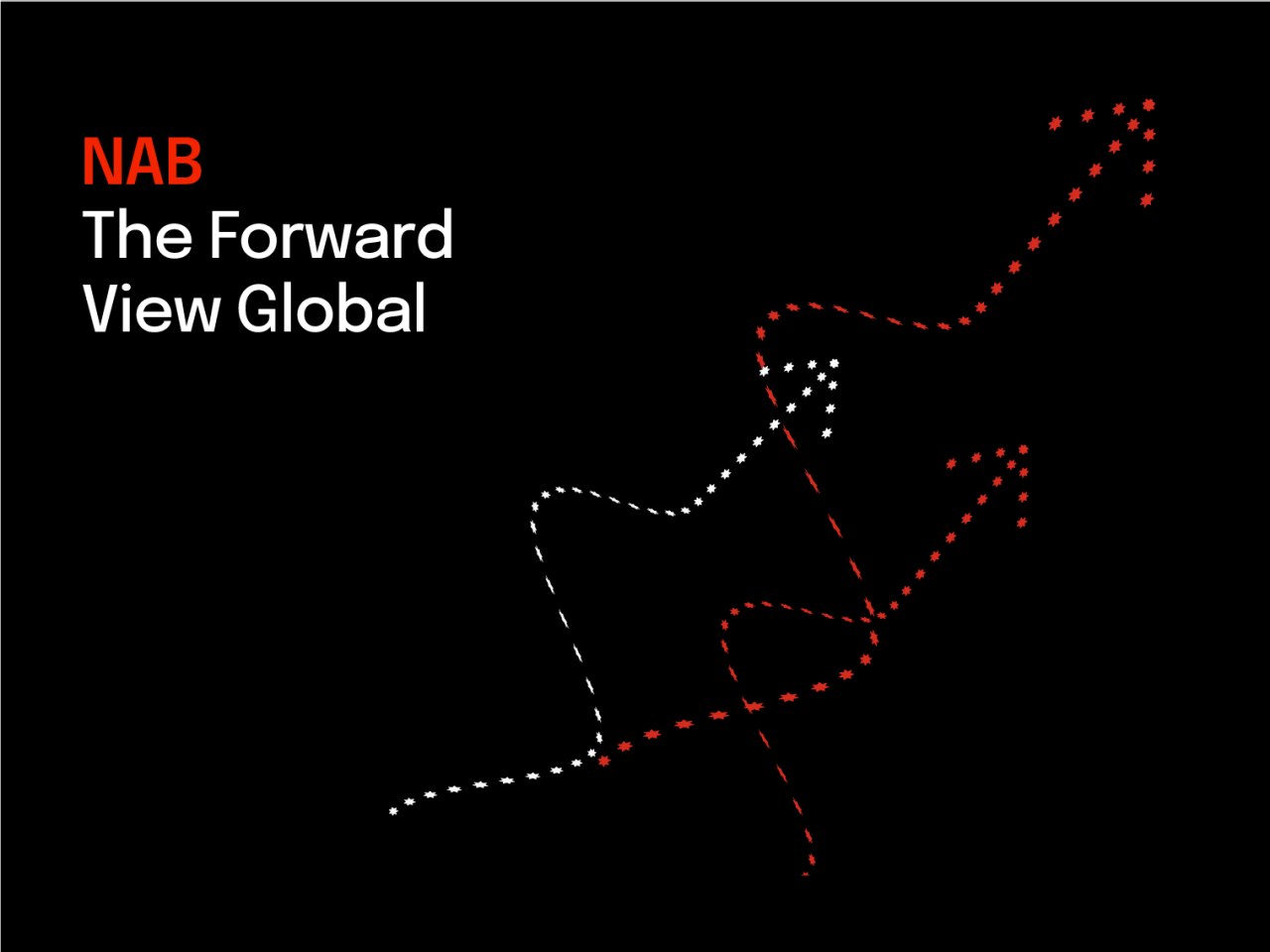17 September 2025
Goldilocks Glow
September 3, 2025
GDP rose 0.6% qoq (1.8% yoy) in Q2. Private demand drove growth in the quarter, with household consumption up 0.9% even as private investment contributed little to growth. Net exports were a small positive. A rise in public consumption, supported by health and election-related spending was offset by lower public investment to leave public final demand broadly flat.
Household consumption rose a surprisingly strong 0.9% qoq (NAB 0.5%). Households are now clearly responding to the improved real income picture and discretionary categories were the driver of strength in Q2. The ABS again highlighted periods of promotional activity as a driver, consistent with the pattern of strong Q4, weak Q1, strong Q2. The proximity of Easter and ANZAC day may also have supported hospitality spending and weighed on hours worked in the quarter. Looking through that quarter-to-quarter volatility, consumption growth has clearly picked up on an underlying basis and is expected to remain a support for growth. The definitional treatment of electricity subsidies overstate the extent of recent acceleration, but only at the margin.
The savings rate fell back to 4.2% from 5.2%. That is a combination of strength in household spending and a moderation in income growth in the quarter after a boost from insurance payouts in Q1 related to the severe weather in QLD and NSW.
Looking forward, we expect growth to rise to around its trend level of 2¼ over 2026. NAB continues to expect the RBA to ease policy in November and February, as the RBA moves policy to a broadly neutral stance of 3.1%. Risks from the global backdrop remain elevated, but for now, our expectation is that these translate into an only modest headwind for Australian activity. The RBA’s policy normalisation is now reasonably well progressed, and today’s data will increase the RBA’s confidence that consumption will be a support for growth. That leaves little urgency to adjust policy quickly while the labour market remains resilient given uncertainty about how restrictive policy remains, and amid some upside risks to inflation, namely from shelter categories.


INSIGHT
18 September 2025
The Fed restarts the easing cycle